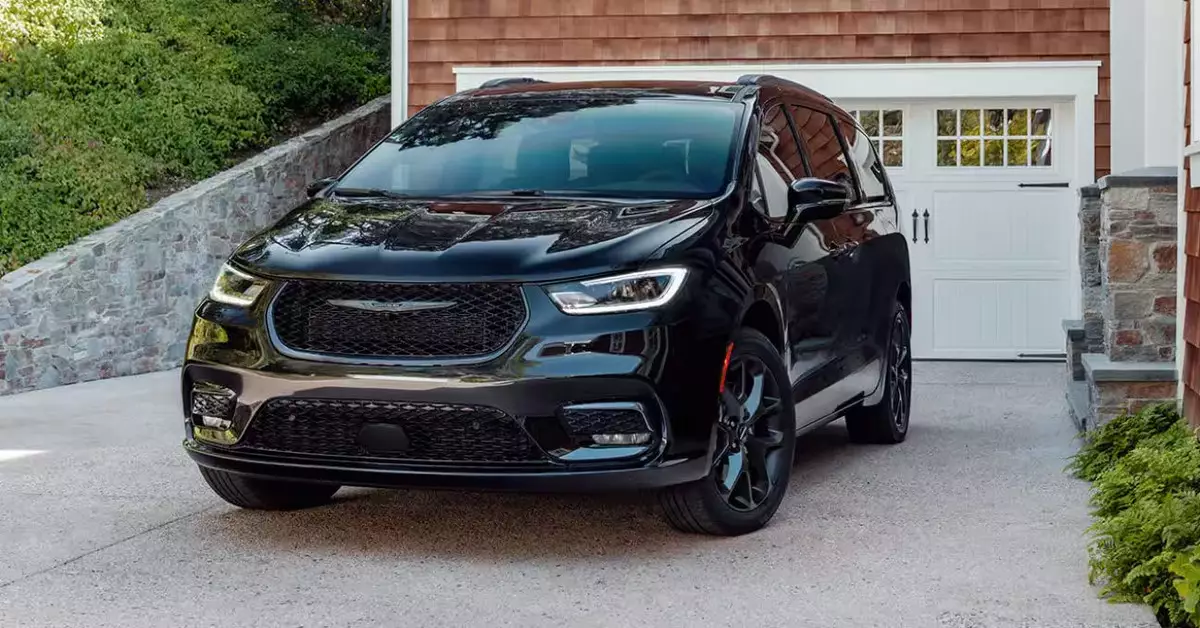Chrysler is making significant strides towards electrification with plans to launch a fully electric version of its iconic Pacifica minivan. As reported by Green Car Reports, this ambitious project comes on the heels of a much-anticipated design refresh for the Pacifica, scheduled to debut shortly. The integration of the Halcyon concept, showcased by Stellantis earlier this year, suggests that Chrysler is keen on marrying modern aesthetics with innovative technology, setting the stage for a new era in family transportation.
Presently, the Pacifica is available in two formats: a conventional gas-powered vehicle and a plug-in hybrid, which boasts an all-electric driving range of approximately 32 miles before reverting to gasoline. While these options cater to a segment of environmentally conscious consumers, they still fall short of the growing demand for pure electric vehicles (EVs). Chrysler CEO Christine Feuell confirmed the electric Pacifica’s development during the recent LA Auto Show, a testament to the company’s understanding of shifting consumer preferences. However, she refrained from disclosing whether the plug-in hybrid will coexist with the new electric version, leaving questions about the future direction of Chrysler’s product lineup.
Innovative Design Challenges
Transitioning from a traditional gas engine to a battery electric vehicle poses numerous engineering challenges, particularly when it comes to design features such as the Pacifica’s “Stow ‘N Go” seating system. This innovative feature has become a hallmark of the Pacifica, allowing rear seats to fold into the floor for added cargo space, a crucial element for families on the go. However, adapting this system to incorporate Stellantis’ Battery Electric Vehicle (BEV) powertrain requires innovative rethinking.
Feuell revealed that Chrysler is exploring various solutions to retain this functional advantage while incorporating the new electric drivetrain. One proposed solution is to store the second-row seats beneath the front seats, a concept that could compromise comfort and space. Another idea involves sliding second-row outboard seats on rails, which could enhance flexibility but might also affect the structural integrity and safety of the vehicle.
As the automotive industry pivotals toward an electric future, consumers are increasingly expecting vehicles that not only reduce emissions but also enhance their driving and ownership experience. Chrysler’s upcoming electric Pacifica aims to align with these expectations by offering a modern design combined with practicality, particularly for families who prioritize space and comfort. However, delivering on this promise will be essential to maintain Chrysler’s competitive positioning in a rapidly evolving market.
While Chrysler’s strides toward launching an electric version of the Pacifica symbolize progress and a commitment to sustainability, the path forward is fraught with challenges. The blend of innovative design with enhanced functionality, aimed at meeting consumer demand, will determine the success of this venture. As we look toward the automotive horizon, it will be intriguing to see how Chrysler navigates these transformative waters and redefines what a family minivan can become.

